1 in 5 people in Australia is digitally excluded, putting them at risk of being left behind in our digital world.
Digital inclusion means ensuring people can use the internet and technology to improve their daily lives. This is not just a tech issue. Digital inclusion is about enabling access to everything the digital world has to offer to ensure no one is left behind.
The Australian Digital Inclusion Index (ADII) shows that while digital inclusion is slowly increasing across Australia, there remains a substantial digital divide in Australia.
1 in 5 people in Australia are still digitally excluded (ADII, 2025). People with low levels of income, education and employment, those living in some regional areas, people aged over 65 and people with a disability are at particular risk of being left behind.
Everyone in Australia has the right to affordable access to digital technology and the skills and confidence to use it.
That’s why we work every day to bridge the digital divide.
(ADII, 2025)
(Get Online Week report, 2023)
(Get Online Week report, 2023)
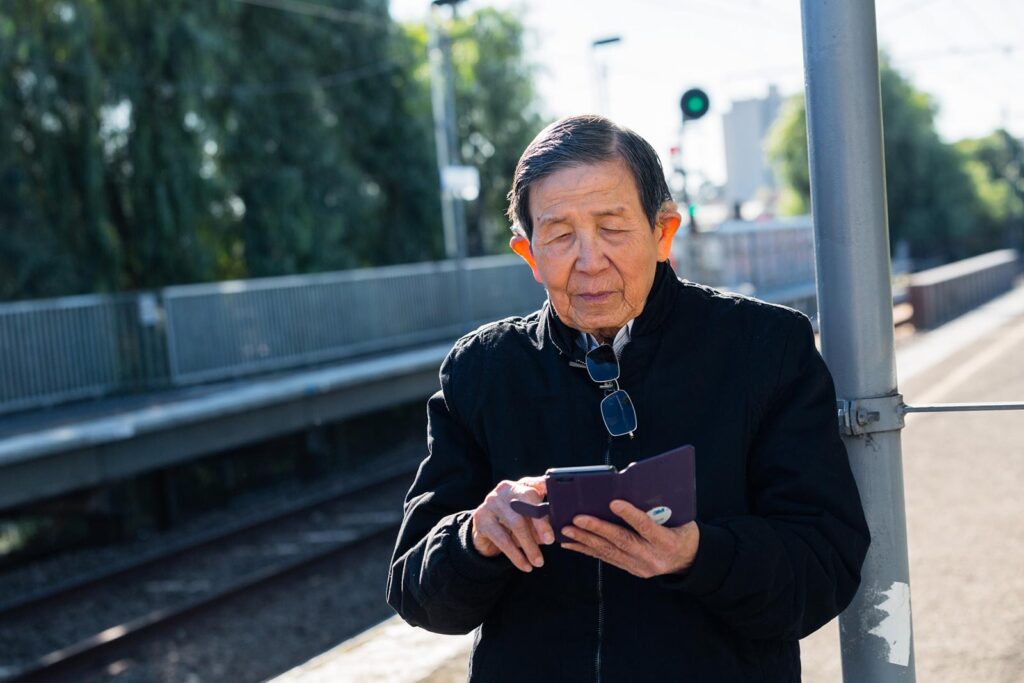
Building blocks people need to participate in the digital world. They include basics like knowing how to turn a device on and off, sending emails, searching online and filling in online forms to access education and work online. Essential digital skills also include knowing how to stay safe online, create good passwords and avoid scams.
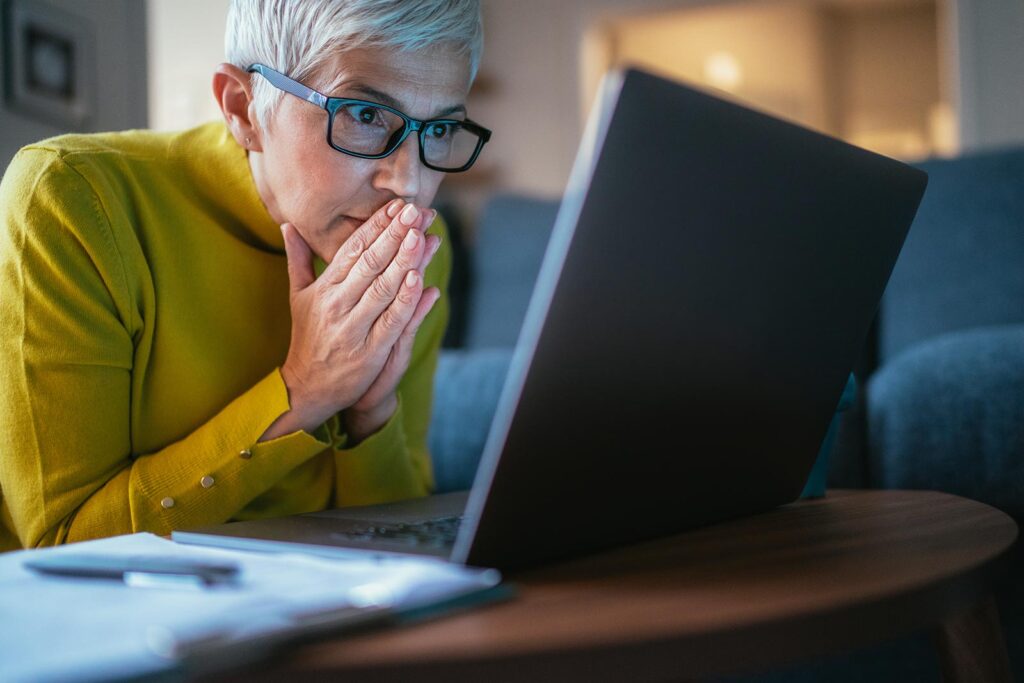
Digital health literacy is essential for everyone to make informed, confident choices to support their health and wellbeing using online tools and resources. This includes learning how to connect to a telehealth consultation, making online appointments and building criteria when looking for online health information.
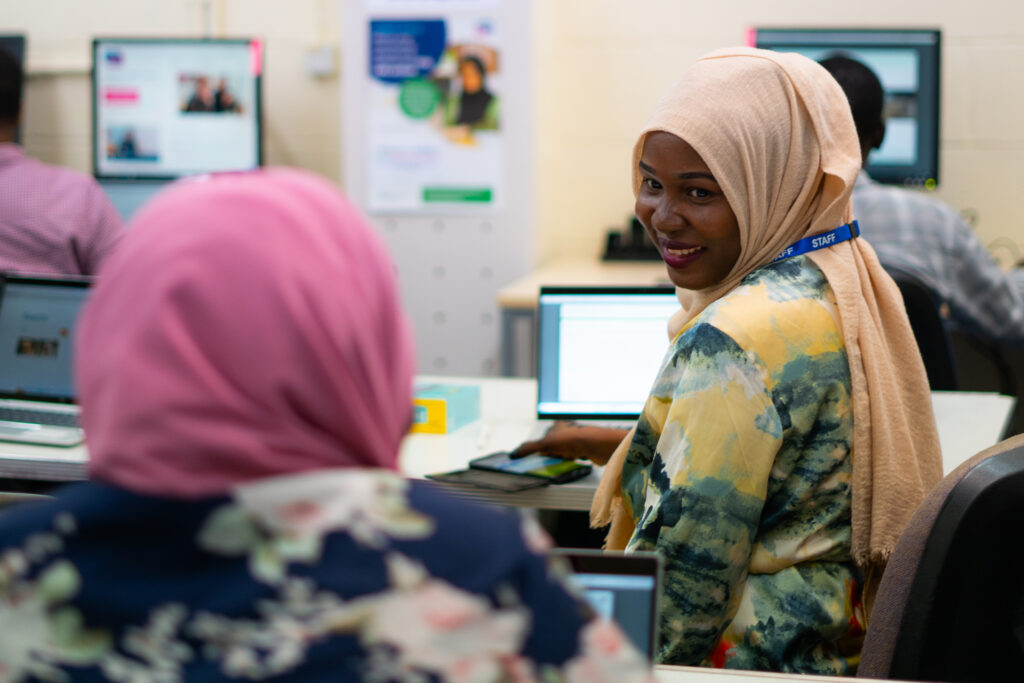
Many newly arrived migrants and refugees face barriers to digital inclusion due to access to technology and internet connectivity, lack of digital skills and language barriers. Providing materials in easy English and working with by-lingual digital mentors can help them to fully participate in society and the workforce, improving their lives and connections.
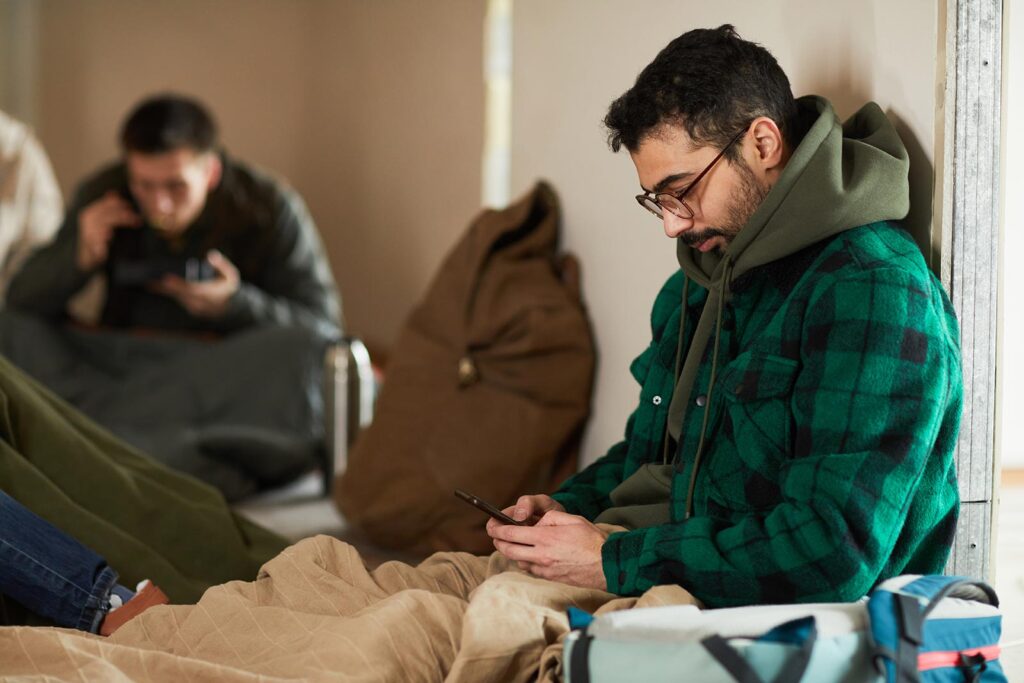
For natural disasters, health crises, and any emergency is fundamental to have digital skills to ensure access to reliable information, connect with friends, family and community and be able to contact emergency and recovery services when needed. This includes learning how to spot fake news and how to avoid misinformation.
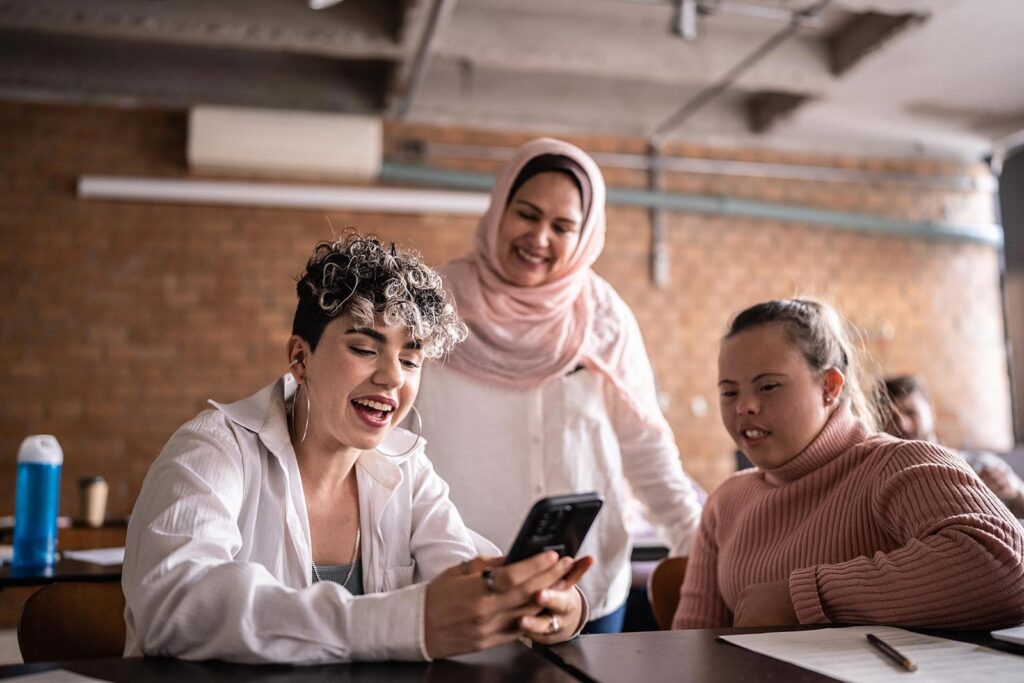
Women and girls not having equal access and participation online as men is being called the ‘digital gender divide’. Globally, men are 21% more likely to be online than women. The divide is even bigger for women on low incomes, unpaid carers, women with disability, First Nations and older women. Having lower skills, confidence and affordable access to internet.
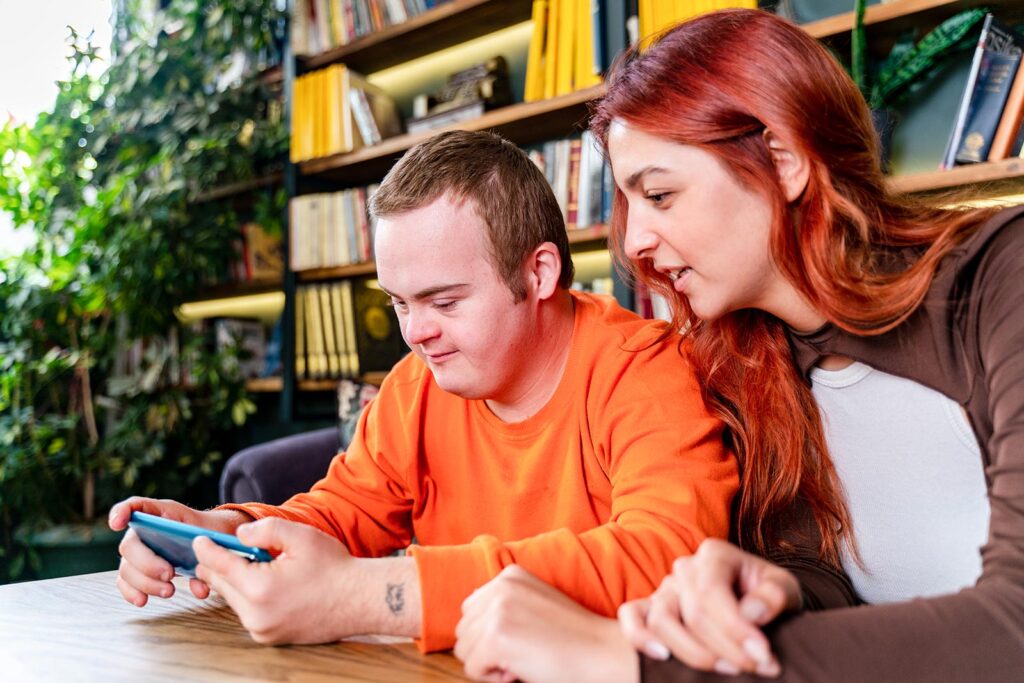
People with disability are at greater risk of not having the skills, support and access they need to be safe and confident online. Research has shown that people with disability use less digital and social media. They are also more likely to experience online safety issues such as cyber-bullying, harassment, image-based abuse and technology-facilitated abuse.
Digital Nation Australia 2021 brings together the latest research and insights from government, community and academia to help build understanding of the digital inclusion landscape in Australia and inform initiatives that could close the digital divide for all.
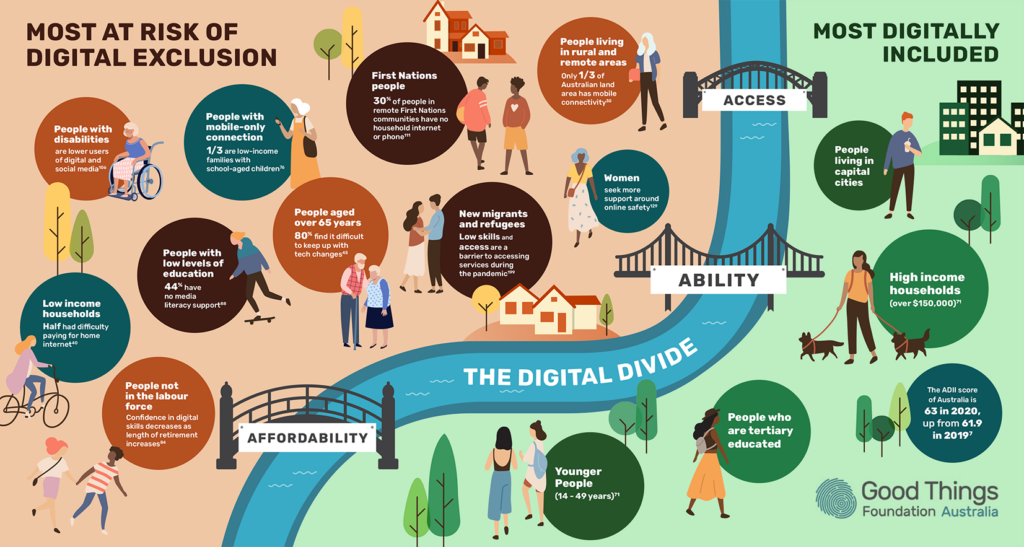
– Mike Garth, Be Connected learner.
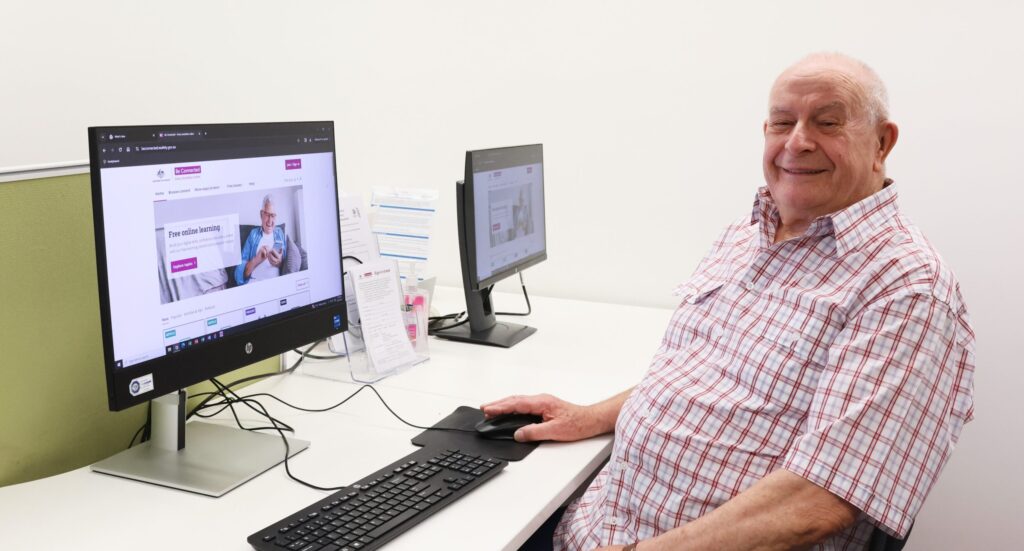
Keep in the loop with news, grant announcements, events and updates in our Good Things newsletter and learn how to get involved in closing the digital divide.